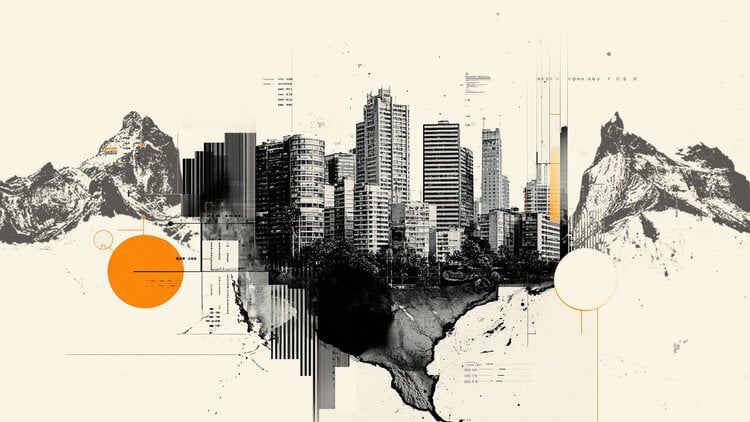Lorenzo Seghezzi is a young Italian designer specialized in the creation of bespoke (pre) text folded garments to talk about bodies, gender identities and free declinations of the self. After graduating from the New Academy of Fine Arts in Milan in 2019, he parades for Altaroma in 2020 and organizes his first personal fashion show Queer Asmarina SS2021 in October 2020.
Its narration and its aesthetics leverage on an imaginary exquisitely queer that, from drawing the anatomy of a happily inclusive masculinity – of bullies and who he willingly does without it – he ends up overcoming the very concept of gender. Stories that find their most satisfying dimension in corsetthe fetish hit parade of the young man’s collections Lorenzo Seghezzi. Weapon of seduction, constricting tinsel and even a liberating tool and personal affirmation, the corset has been associated exclusively (and unfairly) with the female universe. Location not shared by Lorenzowhich uses the semi-transparent nylon net and coutil to wrap the busts of male bodies of the most disparate shapes.
Attracted by his reinterpretation of the garment, we asked him to explain why a man could feel completely comfortable wearing a corset.
Rmu wears Lorenzo Seghezzi. Photo by Lorenzo Lanz
LORENZO LANZO LARS LARKINHow did the association between the male body and the corset come about?
«Initially I thought it was cool to dress a man with a garment taken from the women’s wardrobe. Then I started self-taught the art of corsetry and it literally became my obsession. His story is as compelling as it is shrouded in mystery due to some false myths that have hindered its spread over time “.
When you talk about false myths, what are you specifically referring to?
«Few people know that, for example, the corset was also worn by men in the past, albeit in a less snug variant. Which is why, at least in theory, there shouldn’t be anything odd about seeing a man’s body delicately held by one of my creations, if that’s him. primarily to want it “.
So what’s so powerful about the imagery associated with the corset?
«The corset, its history and its meanings evoke something strongly contradictory and subversive in my opinion. Usually the first association that is made is that of physical constraint, as if it were a violence exerted on a mainly female body ».
Coercion that, in your opinion, would fail on a man’s body?
«On a man, either out of prejudices or stereotypes, the corset takes on a diametrically opposite meaning: it becomes an instrument of vindication of one’s body and one’s identity. Operation made possible precisely by virtue of that narrative ambivalence which gives the corset the ability to evoke an image as powerful as it is fragile ».
Content
This content can also be viewed on the site it originates from.
Does your mission thus coincide with a social criticism directed against toxic masculinity and gender stereotypes?
«Yes, part of my revolution – pass me the term – really wants to criticize all those movements that are reluctant to accept an idea of masculinity that truly mirrors diversity. So I use the corset as an e (ste) tic tool of conceptual liberation from the dogmas that have harnessed the concept of masculinity for too long ».
Is there anything else you would like to leave in your, so to speak, future creative testament?
«I want to come up with an archive of garments (not just corsets) that are certainly more attractive to the community queerbut what primarily make anyone who decides to wear them feel comfortable. Whether he is a man, a woman or that he sees himself represented in other genres is absolutely not relevant in my eyes “.
Instagram content
This content can also be viewed on the site it originates from.
Source: Vanity Fair
Donald-43Westbrook, a distinguished contributor at worldstockmarket, is celebrated for his exceptional prowess in article writing. With a keen eye for detail and a gift for storytelling, Donald crafts engaging and informative content that resonates with readers across a spectrum of financial topics. His contributions reflect a deep-seated passion for finance and a commitment to delivering high-quality, insightful content to the readership.







